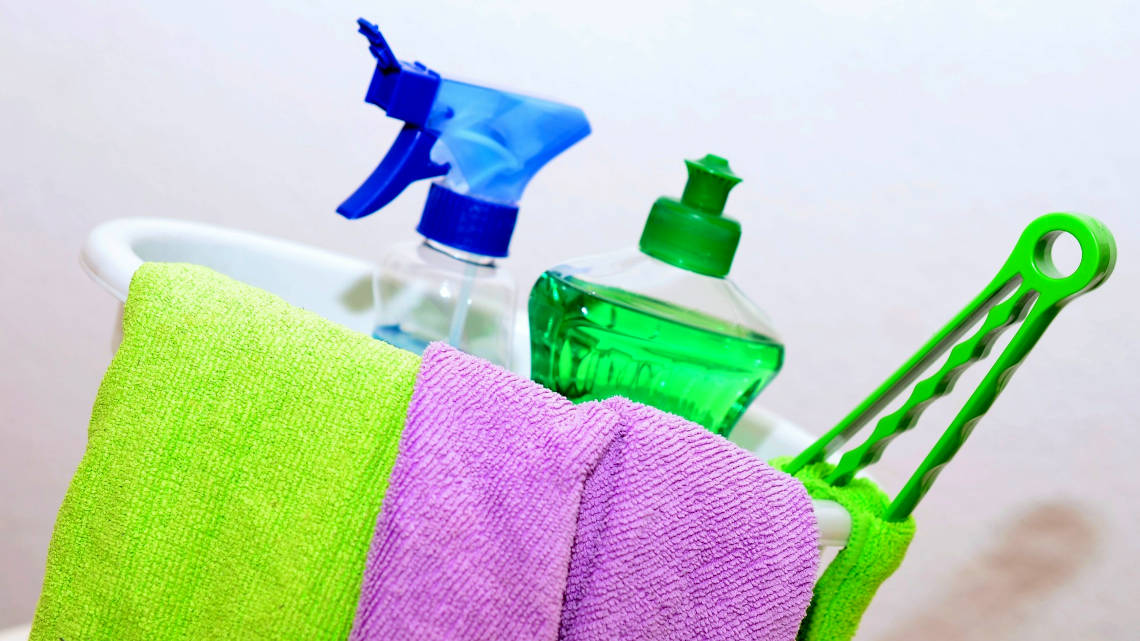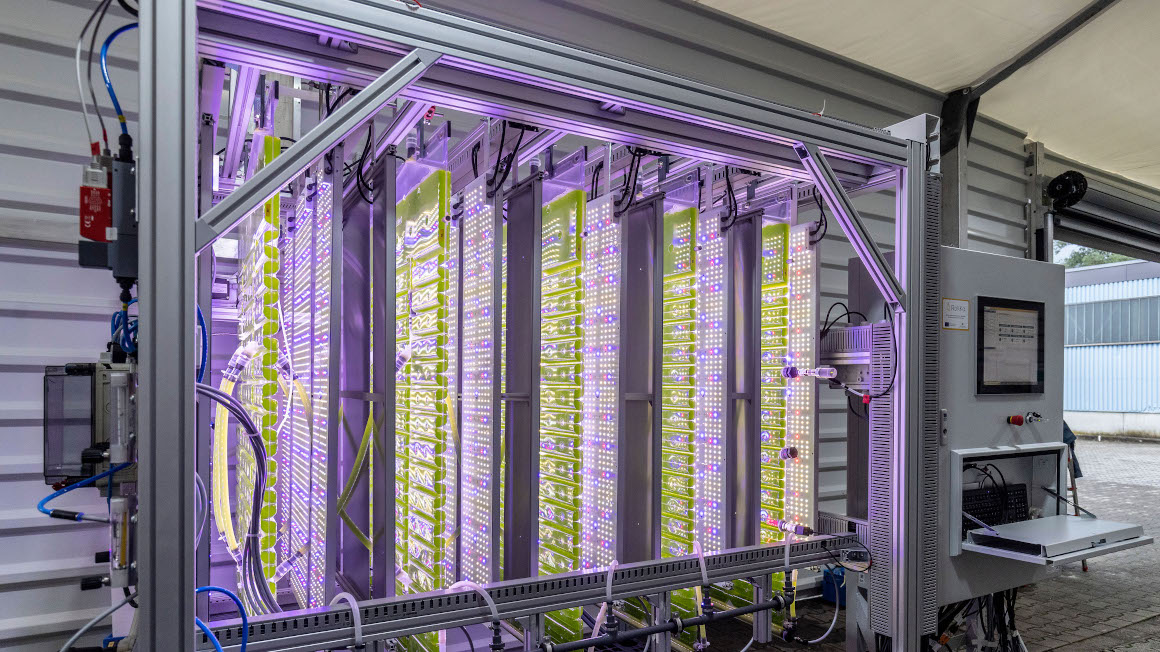Microbial cleaners put to the test
A closer look at cleaning products containing probiotic bacteria reveals that they are useless, as investigations by the Karlsruhe Institute of Technology have shown.

Dirt or food - that is probably a question of perspective. Fats, proteins, carbohydrates and also urea - the substances that make up a large part of the dirt in kitchens and bathrooms - serve bacteria as food. Some manufacturers of cleaning products have recently started advertising that their products contain bacteria that are supposed to improve the cleaning effect. Microbiologists at the Karlsruhe Institute of Technology (KIT) have now explained that this is not plausible for several reasons.
A paradoxical basic idea
"Bacteria convert everything they eat into CO2 and biomass," explains Johannes Gescher from the Institute of Applied Biosciences at KIT. The result: even more bacteria, which usually also leave excreta behind. "This makes bacteria less suitable for removing organic carbon from surfaces in such a way that one could actually speak of cleanliness afterwards," said the microbiologist, explaining the absurdity of the basic concept of these cleaners.
Effect occurs through normal ingredients
A closer look leads to a similar result. In fact, the purifiers advertised in this way contain one to two billion cells per millilitre. But they are also composed of acetic acid, alcohol, butyric acid and propionic acid - typical active ingredients of ordinary cleaning agents. "This leads one to suspect that the cleaning performance is provided by the additives and not by the microorganisms," says Gescher.
Unsuitable choice of bacteria
The choice of microorganisms used is not very plausible: cyanobacteria use sunlight as an energy source. "They feed on light and air and cannot be involved at all in the desired cleaning performance," explains Gescher. And lactic acid bacteria only absorb organic carbon if they do not have access to oxygen. "Here, too, one has to ask how cleaning performance is to be achieved when these organisms are applied to a surface," emphasizes the KIT researcher.
Recommendation: quickly degradable cleaning agents
The approach of displacing undesirable microorganisms with "good" bacteria is also unsuitable. "Most microorganisms live in biofilms, i.e. a layer of slime in which they are embedded. They have adapted to the surfaces and conditions on and with which they grow," explains Gescher. Microorganisms in a cleaning product are hardly able to displace the natural film on a surface. This is mainly achieved with mechanical or chemical means.
The scientist therefore advises: "If you want to clean in an environmentally friendly way, you should use quickly degradable cleaning agents".
bl/um


